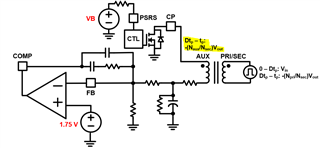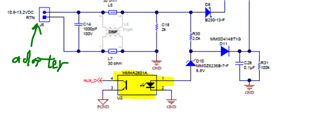Other Parts Discussed in Thread: , TPS23753A
Hello,
Is it possible to configure a circuit using a general purpose transformer without feedback windings?
(e.g. optocouplers, isolated amplifiers, etc.)
If that configuration is possible, please provide a reference circuit.
Regards,









